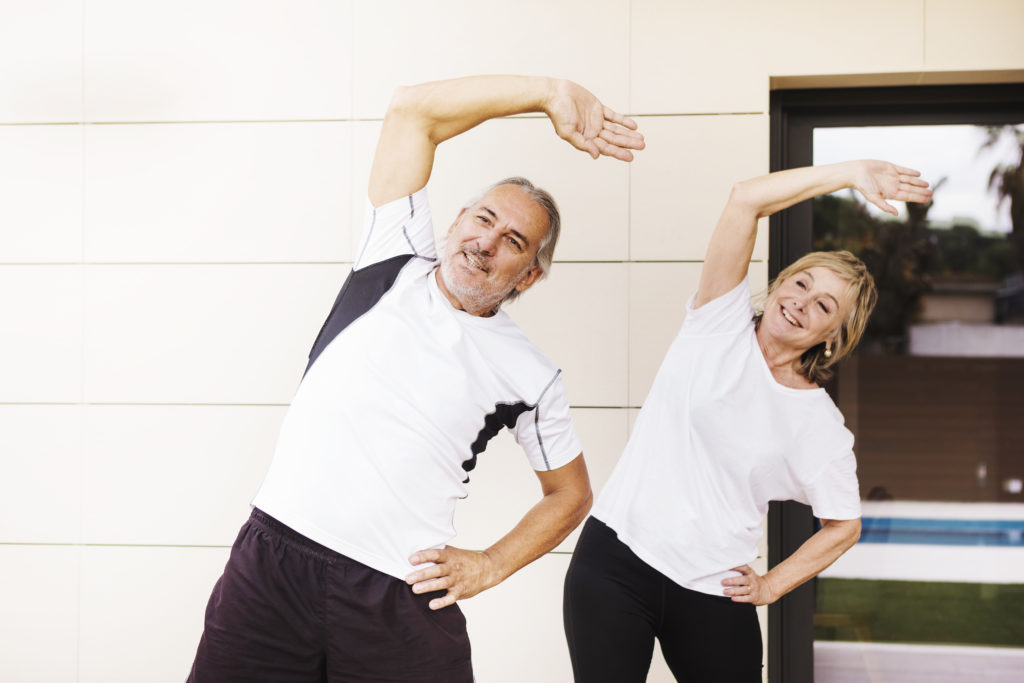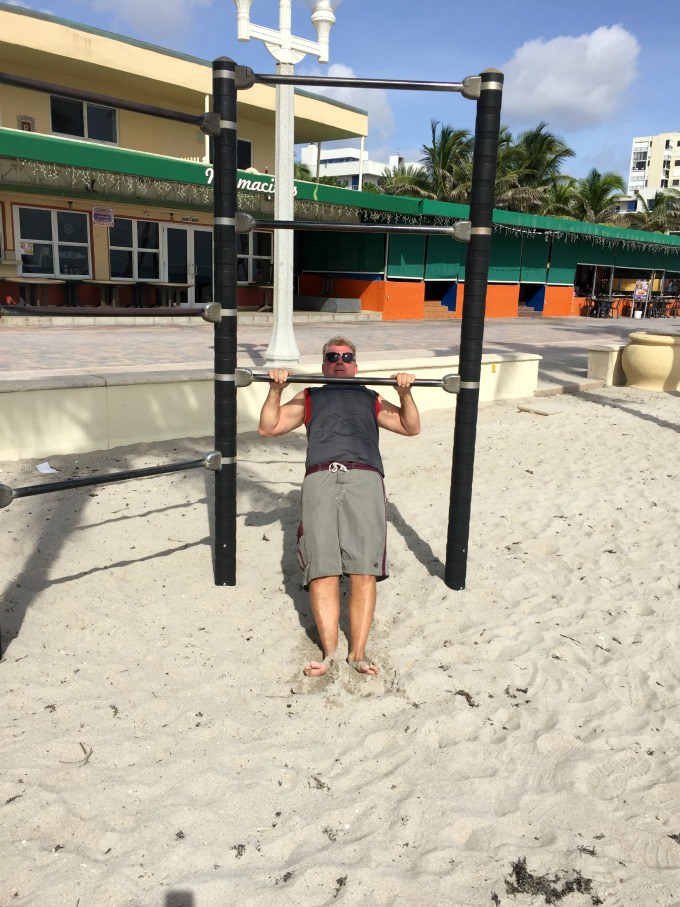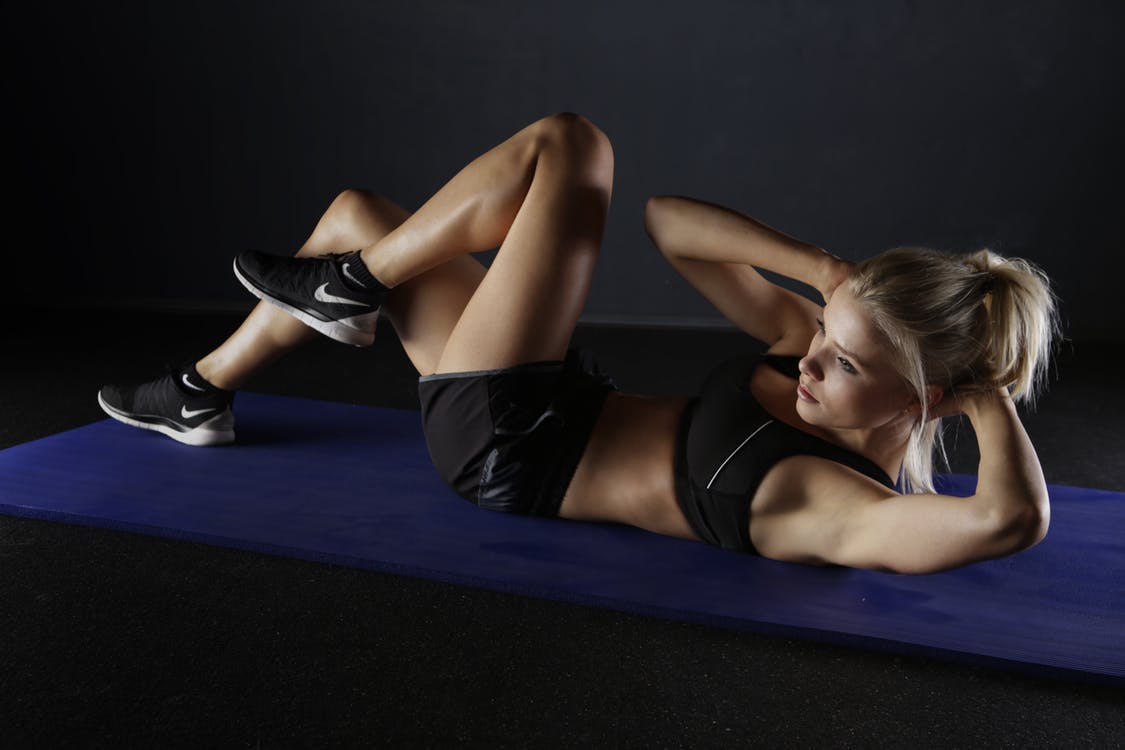Exercise and Ageing: 5 Tips for Staying Fit in your 70s

Ageing is an inevitable part of life, despite all the vitamins and supplements taken to slow down the process. But staying fit, even in your 70s is an important step to support your mental and physical health.
The belief that “I’m going to age anyway, I don’t need to exercise” is an unhealthy approach. Bones and muscles become weaker in your 70s but with a workout routine, this can be slowed down. Exercising while you age has been linked to reducing blood pressure and cardiovascular problems including heart attacks and stroke. A report published in the British Journal of Sports Medicine discovered that exercise can help ease any condition.
However, staying fit in your 70s doesn’t just improve your physical abilities. By joining a group, meeting new people, or just seeing your strength grow can have incredible impacts on quality of life. Even aged care providers like Kew Gardens offer everything from activities and events to a sense of overall community – ultimately, age is just a number, so don’t let it stop you from feeling youthful on the inside.
A consultation with your doctor can help determine what areas need the most attention and what your limits are.
Yoga
This particular exercise combines breathing, mediation and movement. Yoga is perfect for people suffering from stress, hypertension, depression or anxiety. Studies have revealed that by focusing on breathing techniques and synchronising it with movement, the mind becomes clear and more engaged.
Falling becomes an increased risk in your 70s. A minor fall can result in a fractured hip or injured back, which can lead to complications and a decline in health. Various yoga poses target balance and flexibility which can minimise the rate of falling. Meanwhile also strengthening bones and joint health which begins to deteriorate in your 50s. In yoga, there are plenty of classes that will suit your fitness level.
Strength Training
There is a common misbelief that people in their 70s shouldn’t do weights. Although they won’t be lifting 50 kilograms, strength training is an important exercise to add to your routine. Maintaining a certain level of strength can counteract frailty commonly onset by ageing.
Staying fit with strength training can help those suffering from pulmonary disease, Diabetes Type II and back problems. By alternating major muscle groups, people in their 70s can increase muscular strength and endurance which makes daily tasks easier.
There are two types of strength training a person can undergo, including isometric or progressive. Isometric exercise involves tensing a muscle without movement, for example pressing your leg downwards while someone blocks your movement. Meanwhile, progressive resistance training involves free weights, elastic exercise bands or cable machines. To minimise muscle soreness, begin with very light resistance or none at all.
In strength training, it is important to prioritise slow and accurate movements over speed. A bad form can result in injury or no improvements at all. As this training can result in injury, is it very important to visit your doctor to fully examine your weight limits.
Stationary Bikes
Whether you buy a stationary bike for the home or sign up for a gym membership, this machinery is a great method of staying fit with minimum safety risks. People in their 70s are at risk of leg stiffness and back pain – the low impact workout offered by stationary bikes is great when it comes to strengthening leg muscles, building endurance and lowering heart rate, whilst also decreasing the amount of oxygen your body needs during exercise. Furthermore, this can ease the difficulty of everyday tasks brought on by depression or physical exhaustion.
A steady exercise routine in your 70s can significantly prevent degenerative diseases such as Alzheimer’s and Parkinson’s disease. Exercising stimulates brain activity, so when you start to lack motivation for your next workout, remember all the great things it is doing for your mind and body.
Walking
Walking is a simple task that people do every day to get to point A to B – this means that it is also an exercise activity that is overlooked. In your 70s, a long walk is an easy and restriction-free exercise to keep fit. Go out in nature, take a solo walk to clear your head or ask a friend to accompany you. Walking is a great exercise to improve physical and mental health.
Dancing
Ageing doesn’t have to be a painful experience – your 70s are an opportunity to slow down and try new hobbies that will get you moving. Joining a dance class as a senior person is a great way to get involved with new people and improve quality of life while still earning the physical benefits.
Dance classes like Zumba have surged in popularity for their balance of play and exercise. Finding the motivation to work out can be hard at any age, but dancing allows you to fall into the rhythm of the music, reaping the mental and physical benefits. Music feeds the soul and this workout will make your 70s feel like you are back in your 20s.
Reaching your 70s is a new challenge that can be scary, but it doesn’t have to be painful. Your body deserves the chance to age healthily. By dedicating 30 minutes on most days of the week, you can enjoy your time with family and be sure that daily activities won’t feel so exhausting.


